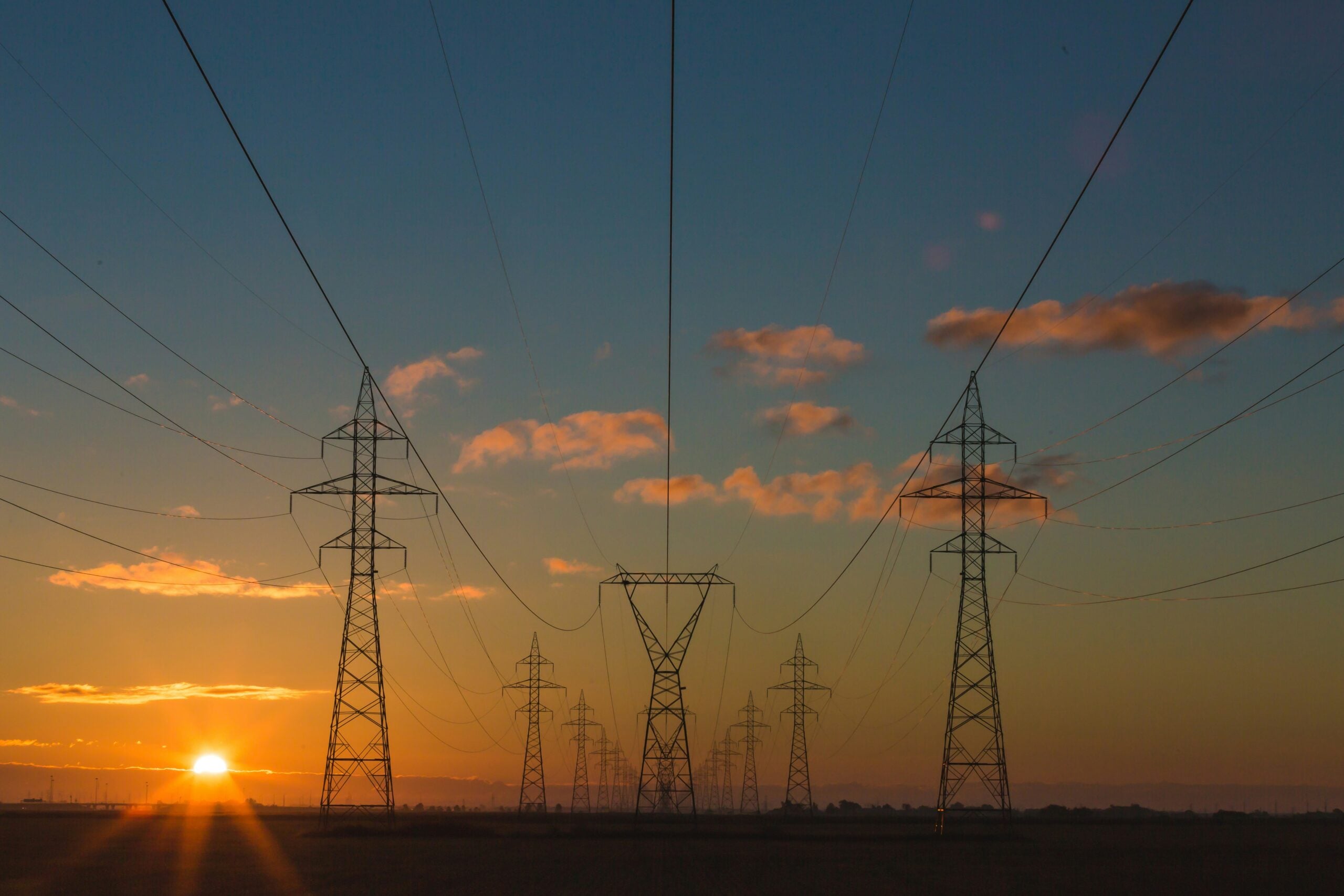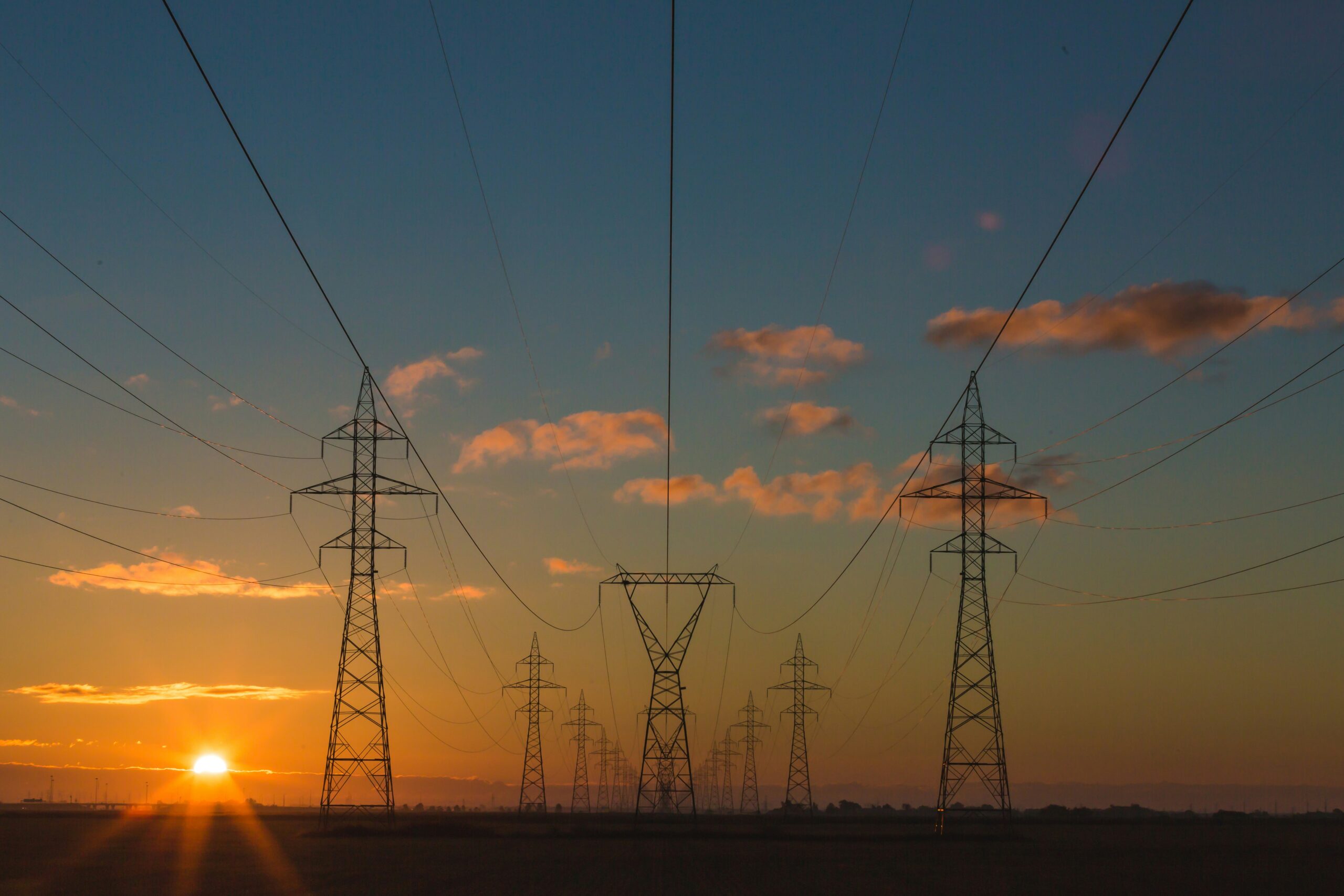When working with current transducers, understanding their critical features can make the difference between accurate measurements and costly errors. Whether you’re using them in industrial applications or for energy monitoring, the proper knowledge is essential for optimal performance. This blog will outline five important factors not to miss when using the current transducer.
1. Accuracy and Calibration
Accuracy is of the utmost importance when working with a current transducer. A transducer measures electrical current, and if it isn’t accurate, your readings could be wrong, leading to poor decision-making.
When the transducer is calibrated, it guarantees that the measurements it provides are accurate. This process involves adjusting the device to a known standard, so it gives reliable readings. Regular calibration helps maintain accuracy over time.
Be sure to check the transducer’s accuracy and calibrate it as needed, especially after long periods of use.
2. Voltage and Current Rating
Each transducer is designed to work with certain levels of current and voltage, and exceeding these ratings can damage the device or lead to incorrect readings.
It is possible, for instance, that a transducer that is rated for low voltage could fail if it is used on a system that is rated for high voltage.
Always match the transducer’s specifications with the system’s requirements to ensure safety and reliable performance. Because of this, accidents will be avoided, and the device will function more effectively.
3. Environmental Conditions
Factors like temperature, humidity, and exposure to dust or chemicals can influence how well the device works. For instance, high temperatures may cause the transducer to overheat, affecting its accuracy or causing it to malfunction.
Make sure the transducer is rated for the conditions in which it will be used. If the environment is harsh, consider using a transducer designed for those specific conditions. Protecting the device from extreme environmental factors ensures longer life and better performance.
4. Proper Installation
Incorrect installation can lead to poor performance or even damage to the transducer. Ensure that the transducer is securely mounted and connected according to the manufacturer’s instructions.
Also, check that all wiring is properly done to avoid electrical faults. Poor installation can cause the device to give faulty readings or fail entirely. Follow installation guidelines carefully to ensure the transducer functions correctly and lasts longer.
5. Output Signal Type
Different transducers can provide analog or digital output signals, and it’s important to choose the right one for your system. Analog signals are continuous and are often used for real-time monitoring, while digital signals may be used for more precise measurements or easier integration with digital systems.
Make sure the output type matches the equipment or system you are using. This ensures seamless data transmission and accurate results.
Evaluate All Aspects of Current Transducers
By thoroughly understanding these factors, you can make informed decisions that lead to optimal performance and longevity. Always take the time to carefully assess your current transducer needs for maximum efficiency and accuracy in your applications.


